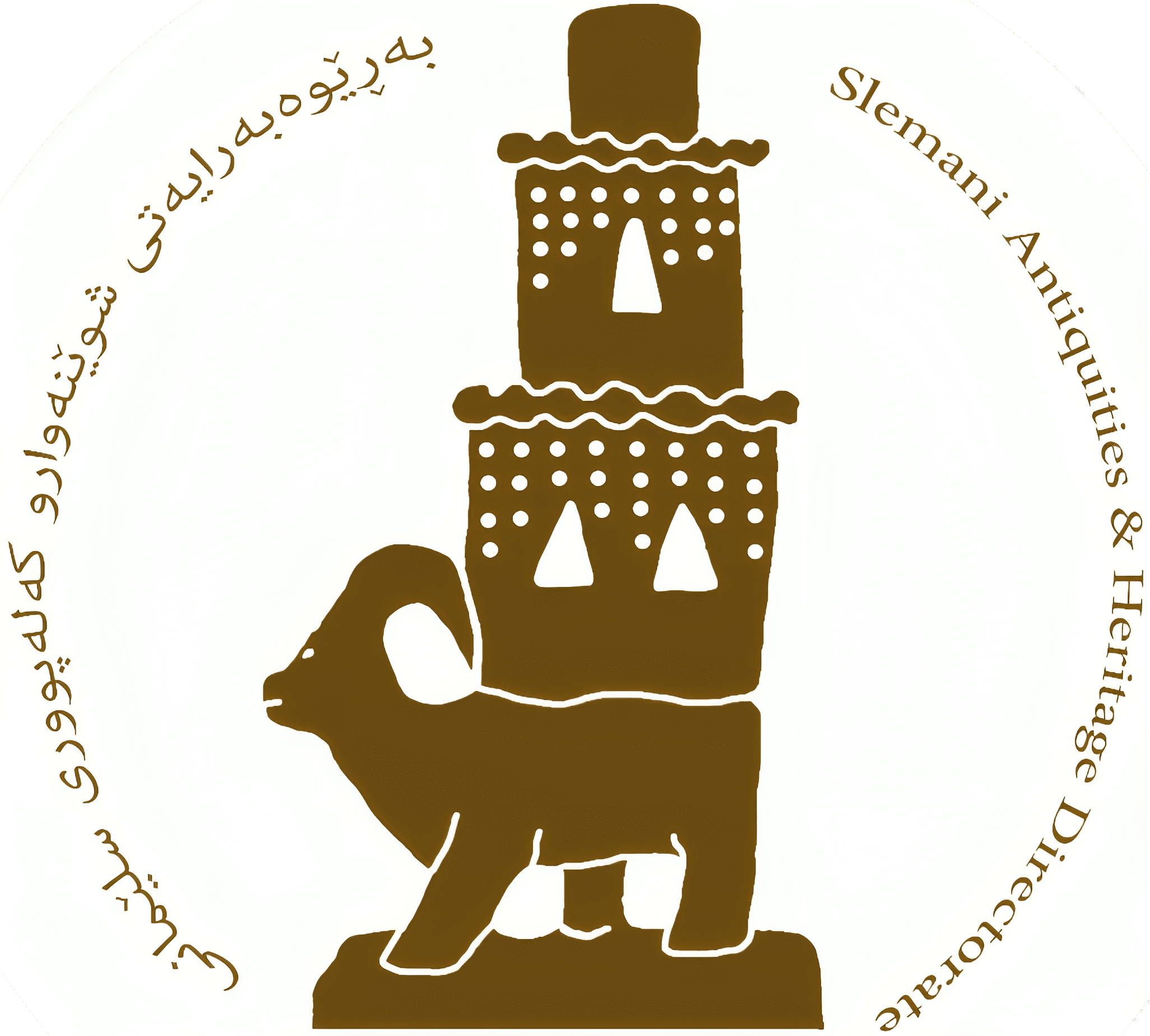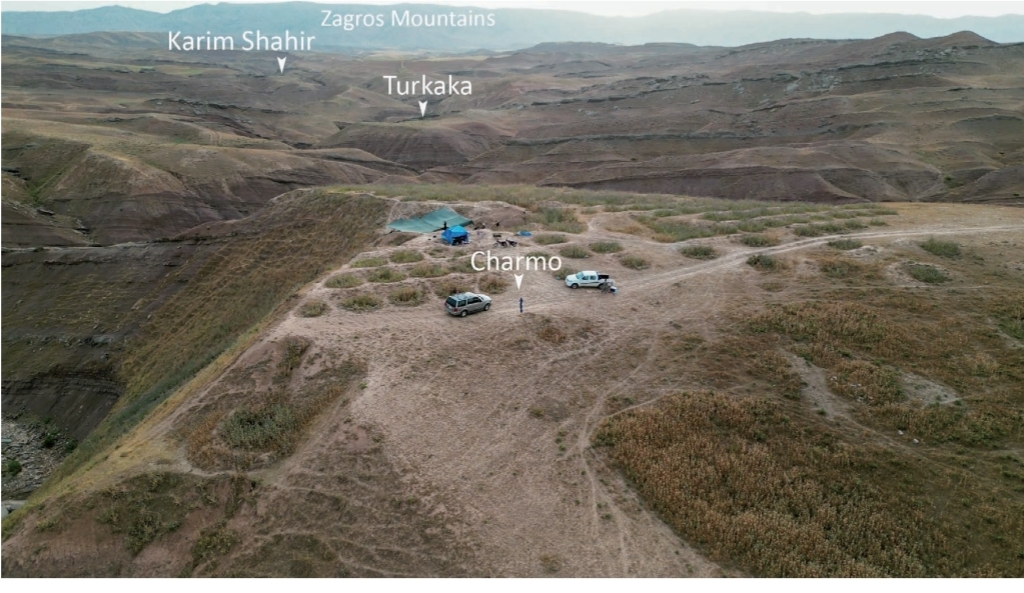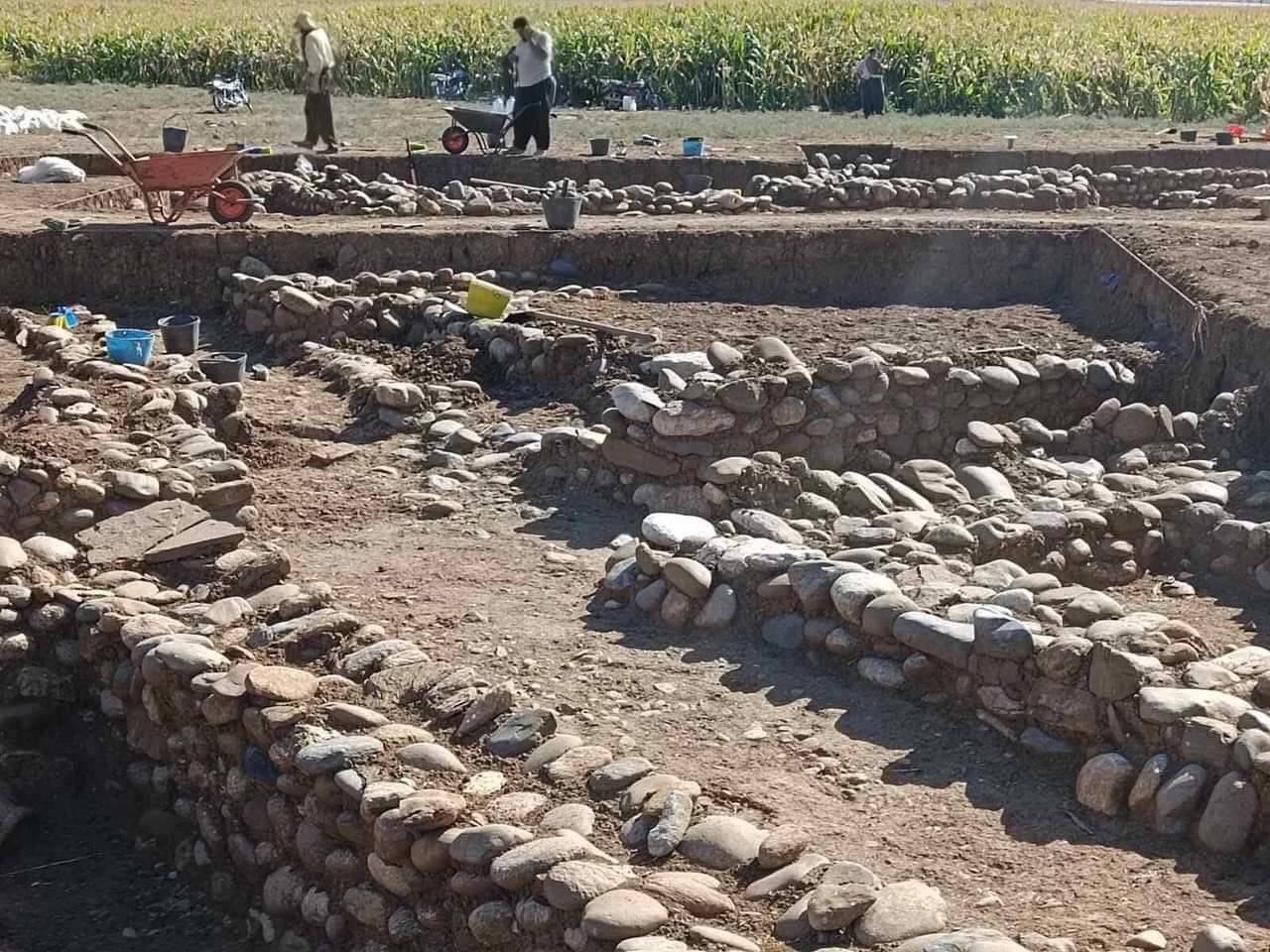Opening a scientific course for training and teaching in photogrammetry program
240228010746.jpg)
Training course on photogrammetry program was held from 18/2/2024 to 23/2/2024 in Slemani. The course was taught by archaeologist Tiago Costa for a few days. In the course, students were taught in practice and theory on the use of the program (Meta shape) to create 3D images, as well as how to photograph archaeological pieces and use drones for archaeological work.
Then create a contour map of the archaeological site and restore the heritage houses.
During the course, the students worked on the photographs of the archaeological pieces in the Slemani Museum and then the photos were taken by drone on the archaeological hill of Tapa Kal in Zhala village in southeastern Slemani.
The course was attended by several students from from Slemani Directorate of antiquities and heritage, Slemani University-department of Archeology and cultural heritage organization.
At the end of the course, certificates were awarded to all participants.
The supervisors of the course have previously opened similar courses in the cities of (Mosul, Baghdad and Nasiriyah). The partners of this project so far are:
Creative Europe – STATE BOARD FOR ANTIQUITIES & HERITAGE, IRAQ – The Fact stories – SAPIENZA UNIVERSITY OF ROME – carare – doppel – University of Slemani – Slemani Antiquities & Heritage Directorate
To learn more about previous activities in different places, please visit this website. T4H – Training local people in 3D digitization of Cultural Heritage in Iraq (tech4heritage.com).


